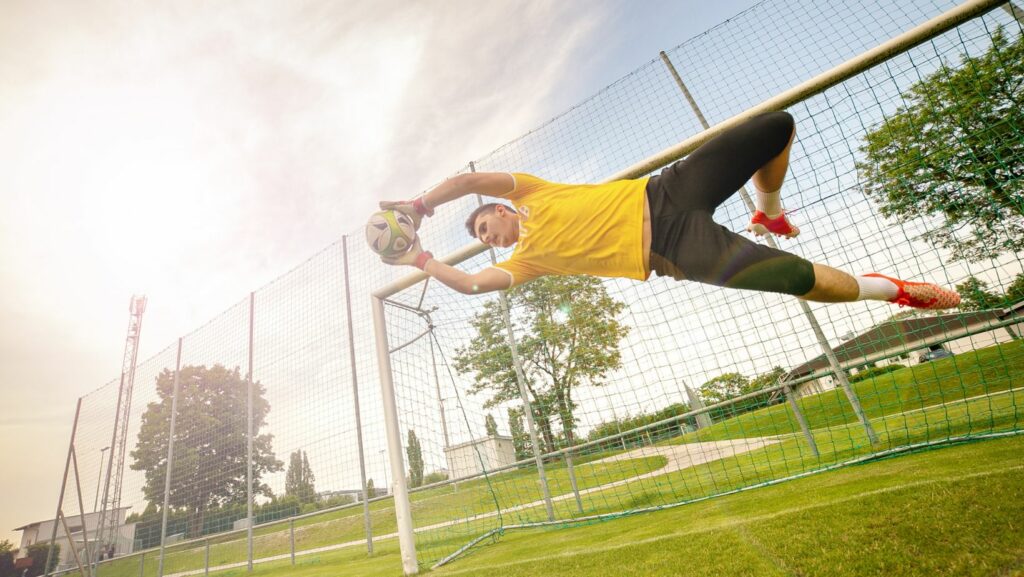Goalkeeping is a crucial position in soccer that often determines the outcome of a match. A skilled goalkeeper not only protects the net but also inspires confidence in their teammates. Mastering basic goalkeeping techniques can set the foundation for a successful career on the field.
Basic Goalkeeping Techniques
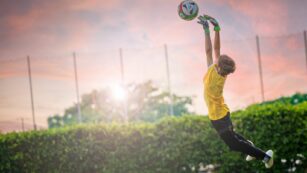 Mastering basic goalkeeping techniques forms the foundation for effective performance in soccer. Key techniques include positioning, diving, catching, and distributing, all of which contribute to a goalkeeper’s overall effectiveness.
Mastering basic goalkeeping techniques forms the foundation for effective performance in soccer. Key techniques include positioning, diving, catching, and distributing, all of which contribute to a goalkeeper’s overall effectiveness.
Goalkeeping holds a critical role in soccer, influencing match outcomes and guiding team dynamics. A skilled goalkeeper can prevent goals, instilling confidence within teammates. Effective goalkeeping techniques ensure a goalkeeper can react swiftly to varied game situations, making them a pivotal player on the field. Understanding the depth of goalkeeping elevates overall team performance and tactics.
Positioning and Stance
Positioning and stance are critical elements of effective goalkeeping. Proper positioning allows goalkeepers to cover the goal area efficiently, improving their chances of stopping shots.
Foot Placement and Balance
Foot placement affects balance and movement. Goalkeepers should position their feet shoulder-width apart for stability. They must keep their weight slightly forward, enabling quick reactions. When anticipating a shot, a goalkeeper’s feet should remain light, allowing for lateral movement.
Dominant Hand Positioning
Dominant hand positioning enhances a goalkeeper’s ability to make saves. The dominant hand should stay at waist level, ready to react quickly. Proper hand positioning allows for effective ball handling during saves or catches. Goalkeepers must practice utilizing their dominant hand to guide plays and direct the ball effectively.
Catching Techniques
Two-Handed Catch
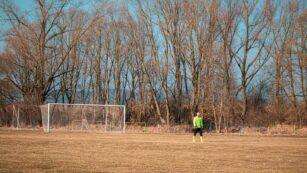 The two-handed catch is ideal for securing larger or faster balls, providing stability and control. To execute this technique, a goalkeeper should:
The two-handed catch is ideal for securing larger or faster balls, providing stability and control. To execute this technique, a goalkeeper should:
-
Center the body behind the ball for optimal positioning.
-
Extend both arms outward with fingers spread for maximum surface area.
-
Keep the thumbs close together beneath the ball, creating a pocket to absorb impacts.
-
Draw the ball into the body upon contact to minimize rebound chances.
-
Use a slight bend in the knees to maintain balance and readiness for follow-up actions.
Practicing the two-handed catch builds strength and coordination, essential for effective goalkeeping.
One-Handed Catch
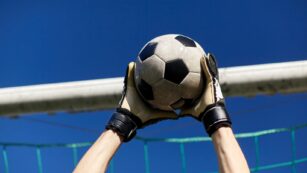 The one-handed catch becomes crucial in situations requiring quick reflexes and agility. This technique is useful for low drives and deflections. To perform a one-handed catch effectively, a goalkeeper should:
The one-handed catch becomes crucial in situations requiring quick reflexes and agility. This technique is useful for low drives and deflections. To perform a one-handed catch effectively, a goalkeeper should:
-
Position the body to align with the incoming ball.
-
Extend the dominant hand towards the ball, keeping fingers spread for a secure grip.
-
Angle the hand with the palm facing inward to cushion the ball upon impact.
-
Rotate the wrist slightly for better control and ball retention.
-
Prepare quickly for recovery and follow-up actions after the catch.
Drills focusing on one-handed catches enhance a goalkeeper’s reaction time, promoting adaptability during matches.
Diving Techniques
Basic Dive
-
Preparation: Goalkeepers should keep their feet shoulder-width apart, body balanced forward, and knees slightly bent.
-
Execution: Upon deciding to dive, they push off their dominant foot, extend their body, and angle their torso toward the ball.
-
Landing: A safe landing involves rolling on the shoulder to absorb impact, preventing injury.
Side Dive
-
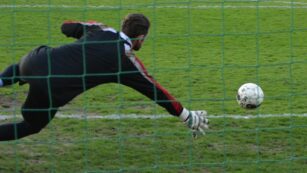 Approach: For a side dive, goalkeepers must judge the shot’s direction and prepare to launch sideways.
Approach: For a side dive, goalkeepers must judge the shot’s direction and prepare to launch sideways. -
Takeoff: They need to push off the ground with the opposite foot while extending arms toward the ball.
-
Follow-through: Landing on the side helps in reducing shock to joints. Properly rolling on the shoulder protects from potential injuries.
Front Dive
-
Set position: The set position is crucial; feet should maintain shoulder-width for balance.
-
Launch: Goalkeepers sprint towards the ball, using a quick plant of the foot to initiate the dive.
-
Reach: Extending arms forward allows them to cover greater distance, maximizing reach.
Implementing these diving techniques within practice sessions improves reflexes and builds confidence. Regular execution helps in mastering saves, reinforcing goalkeeping fundamentals, and ensuring a strong defensive performance during matches.

